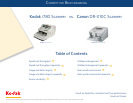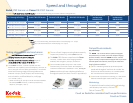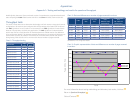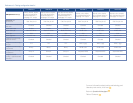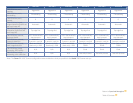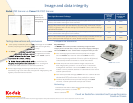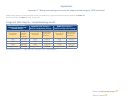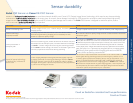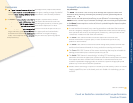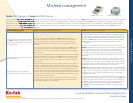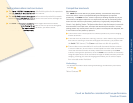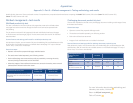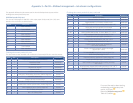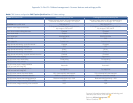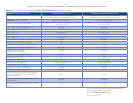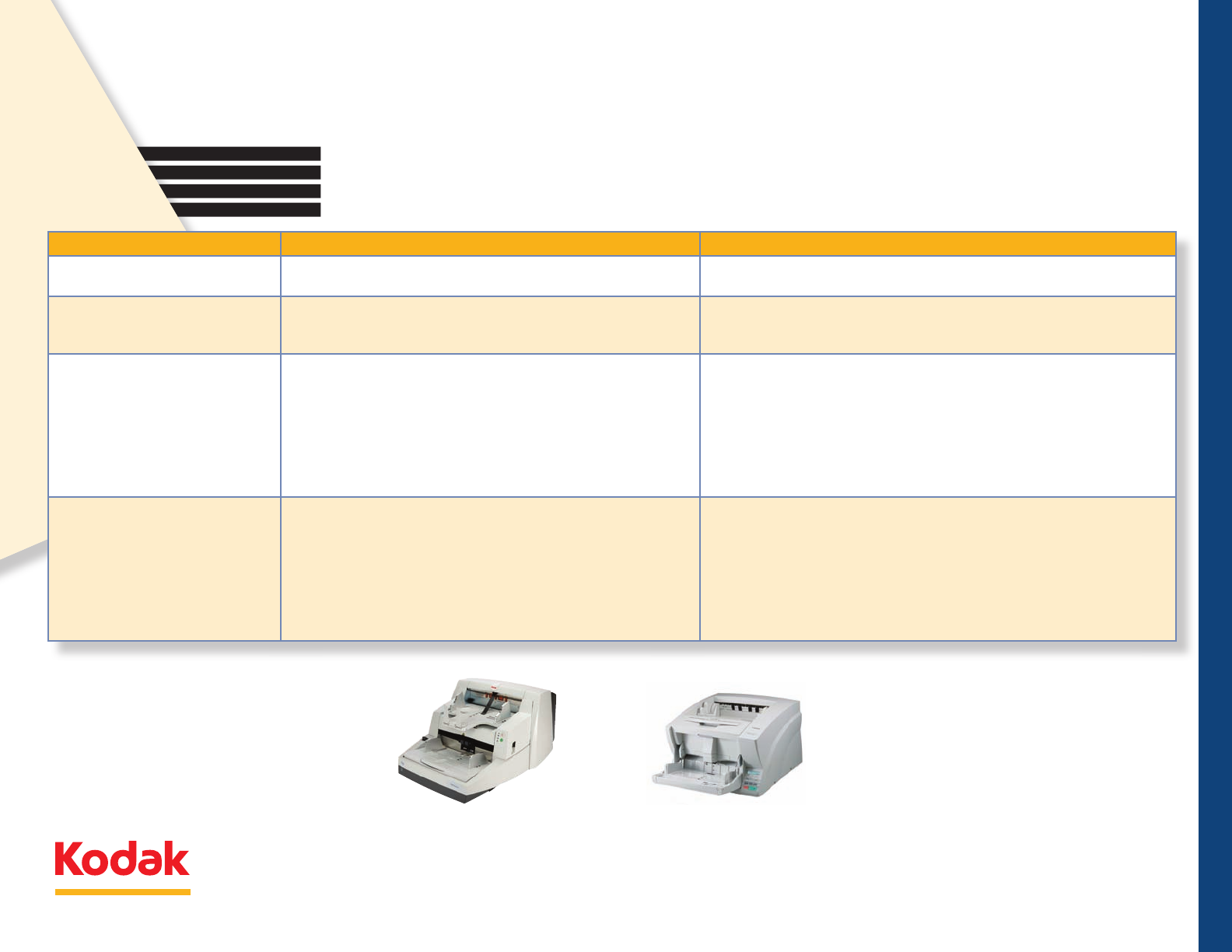
Kodak i780 Scanner vs. Canon DR-X10C Scanner
Fact Check
Canon
DR-X10C Scanner
Kodak
i780 Scanner
Vendor’s marketing claim
Contact Image Sensor (CIS): “Robust design, outstanding
imaging quality.”
Charge Coupled Device (CCD): “Superior durability and image quality.”
Sensor technology
compare/contrast
CIS array requires that documents come into direct contact
with sensor glass during imaging; this is necessary for the
sensor to capture a quality image.
CCD sensors obtain a quality image without contact between document
and sensor glass.
Sensor placement in
transport path
Real-world scanning jobs, where documents introduce dust, dirt
and staples to the transport path, increase likelihood of damage
to
Canon’s
Contact Image Sensor during the scanning process.
In the
Canon
Scanner design, the sensor is encased in glass that
is directly exposed to documents during scanning.
The elegance of
Kodak’s
CCD sensor design means it is not placed in the
paper path and does not come into contact with documents as they are
scanned and pass through the transport. Instead, via a series of mirrors
that lie above the CCD sensor but beneath the glass barrier viewable
in the paper path, images and data are rapidly captured as documents
pass, while the CCD is protected by the glass barrier or imaging guide.
Additionally, foam guards seal the imaging guide and surround the
mirrors, further preventing contamination.
Impact of sensor technology
on productivity, incidence of
service calls
Direct contact between sensor glass and document originals
increases likelihood of sensor glass damage. With the
Canon
DR-X10C Scanner, a service call is needed in order to replace
damaged sensor glass. Uptime and productivity are jeopardized
by Canon’s technological choices.
No contact is required between a document to be scanned and CCD
sensor glass during scanning process, minimizing any chance of risk
to sensor glass surface from staples, dust or dirt on documents. CCD
sensor is located far below paper path and is additionally protected
by a glass barrier known as an “imaging guide” in
Kodak
i780 Scanner
specifications. Replacement of glass imaging guide, if ever required, can
be completed by end user. Kodak’s intelligent design elements enable
maximum uptime and productivity for customers.
Sensor durability
Kodak’s CCD (Charge Coupled Device) sensor provides enhanced durability over Canon’s CIS (Contact Image Sensor) technology, which requires any document being
Kodak’s CCD (Charge Coupled Device) sensor provides enhanced durability over Canon’s CIS (Contact Image Sensor) technology, which requires any document being
Kodak’s CCD (Charge Coupled Device) sensor provides enhanced durability over Canon’s CIS (Contact Image Sensor) technology, which requires any document being
scanned to be in direct physical contact with the sensor glass. As a result, sensor damage is a possibility. CCD sensors do not require contact and produce high-quality
scanned to be in direct physical contact with the sensor glass. As a result, sensor damage is a possibility. CCD sensors do not require contact and produce high-quality
scanned to be in direct physical contact with the sensor glass. As a result, sensor damage is a possibility. CCD sensors do not require contact and produce high-quality
images without close proximity, eliminating the possibility of sensor glass damage due to contact. The
images without close proximity, eliminating the possibility of sensor glass damage due to contact. The
images without close proximity, eliminating the possibility of sensor glass damage due to contact. The
Kodak
i780 Scanner is designed to maximize uptime, reduce
service calls and optimize productivity for your operation.
service calls and optimize productivity for your operation.
service calls and optimize productivity for your operation.
Kodak i780 Scanner Canon DR-X10C Scanner
Competitive BenChmarking
Count on Kodak for consistent and true performance.
Count out Canon.
©Kodak, 2009. Kodak is a trademark of Kodak.
All testing conducted in quality assurance labs at Kodak’s Document Imaging headquarters facility, 2600 Manitou Road, Rochester, NY from November 18th, 2008 – December 11th, 2008.



